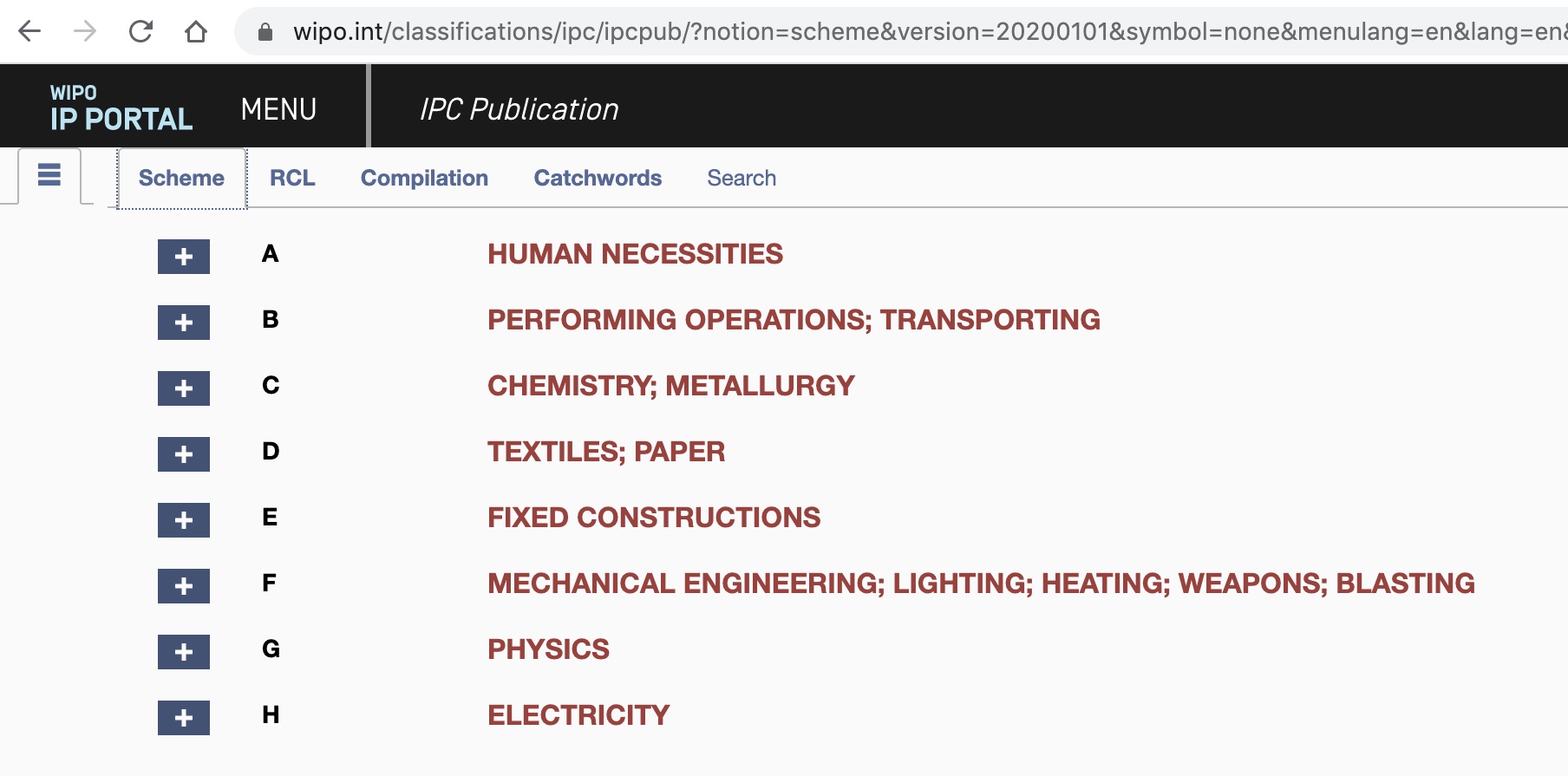Patent Classification in simple words is the process to categorize patents according to their technical characteristics. Initially the classification scheme for patents was adopted for the sorting of the paper documents, but these days it is widely used for conducting prior art searches.
Classification is a system of codes that are used to identify inventions. Classification cannot be avoided especially if one wishes to retrieve information on existing prior arts, for an invention. The best and accurate way to search for patent prior arts is through classification.
There are multiple classifications which are used/ were used internationally; and the reason behind having multiple classification schemes is that basically the patent laws of different countries developed differently. That is the precise reason behind having multiple classification systems though only few of them are still being used.
There was a point when all these countries came together and created common codes for the purpose of consolidation and now there are primarily two classification schemes used mostly worldwide. These are Cooperative Patent Classification (CPC) and International Patent Classification (IPC).
Patent office’s all over the world use the IPC scheme. There are approximately 70,000 different IPC codes for different technical domains. Whereas the CPC is an extension of the IPC which is managed by the EPO and the USPTO. CPC comprises an extra Section Y pertaining to general tagging of new technological developments, which is further sub-divided into classes, sub-classes, groups and sub-groups.
IPC classification is managed by WIPO. WIPO also has classifications to facilitate search of information concerning invention, trademark, industrial designs etc.
A brief account on the classification schemes for patents is mentioned below:
1. Co-operative Patent Classification (CPC): EPO and USPTO launched the CPC which is the result of the joint effort between the EPO and USPTO, to develop a common internationally compatible classification system for technical documents. It is categorized into nine sections, A-H and Y, which are further sub divided into classes, sub classes, groups and sub-groups. There are approximately 250000 classification entries.
2. International Patent Classification (IPC): The Strasbourg Agreement 1971 established IPC, and it provides for a hierarchical system of language dependent symbols for the classification of patents and utility models according to the different areas of technology to which they belong. Every year on January 1 a new version of the IPC comes into force. There are 70000 different IPC codes approximately for different technical areas. In IPC each section is subdivided into classes which are further subdivided into subclasses. The subclasses are broken down into sub divisions known as groups. Sub groups form sub divisions under the main groups.
3. Canadian Patent Classification (CaPC): It phased out in early 1990’s. Though for searching and retrieval of the patent documents from 1869 – 1995 in the Canadian database, the CaPC scheme of classification can still be used.
4. Japanese F1/F-term classification: This system is used to classify Japanese patents and utility models from 1922 till date.
5. USPC or US Patent Classification: On January 1, 2013 the USPTO moved from using the USPC system to the CPC system. It consists of about 450 classes and 140000 subclasses, including a class for plant patents (PLT) and 33 design classes (D1-D32, D34, D99).




